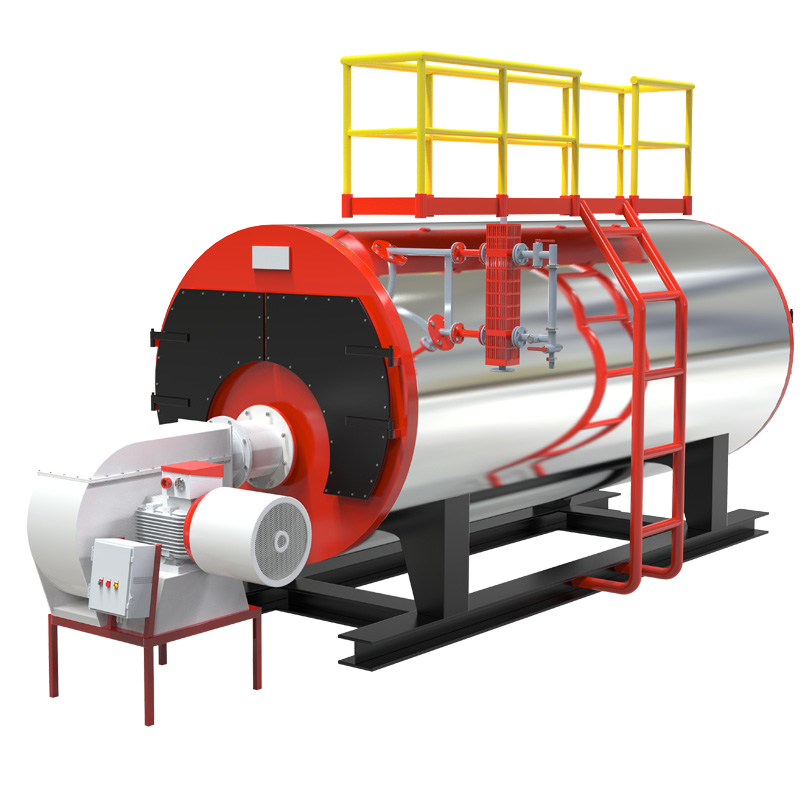
Nov . 21, 2024 18:43 Back to list
types of steam in boiler
Types of Steam in Boilers
Boilers are vital components in various industrial processes, generating steam that is essential for heating and mechanical work. The steam produced can significantly impact efficiency, production cost, and the performance of the entire system. Understanding the different types of steam generated in boilers is crucial for optimizing operations and ensuring safety. In this article, we will discuss the primary types of steam produced in boiler systems, including saturated steam, superheated steam, and wet steam.
Saturated Steam
Saturated steam is the most commonly encountered type of steam in boiler applications. It occurs when water is heated to its boiling point and exists in equilibrium with the liquid phase. At this point, any additional heat will not increase the temperature of the steam but will instead convert more water into steam. Saturated steam is characterized by its temperature-tied pressure relationship; as the pressure increases, so does the temperature.
Saturated steam is widely used in heating applications, such as district heating systems, and in industrial processes requiring heat transfer. It is relatively easy to generate and control, making it a popular choice for many boiler systems. However, the primary drawback is that it can carry some moisture, which may lead to issues such as corrosion and reduced efficiency in heat transfer.
Superheated Steam
Superheated steam is produced when saturated steam is further heated without increasing its pressure. This process involves adding additional heat to the steam after it has been generated, elevating its temperature beyond the boiling point for the corresponding pressure. Superheated steam does not contain any water droplets, distinguishing it from saturated steam.
types of steam in boiler

The main advantage of superheated steam is its higher thermal energy content, which makes it more efficient for driving turbines in power plants and other mechanical equipment. It can also improve system efficiency, reduce the risk of corrosion, and minimize the potential for water hammer—a phenomenon that can occur when liquid water enters steam lines. Common applications of superheated steam include turbine operations in power generation, drying processes, and heating applications requiring very high temperatures.
Wet Steam
Wet steam, also known as moist steam, contains a mix of vapor and liquid water droplets. It occurs when steam generation is incomplete, or when systems operate under conditions that lead to condensation. The presence of water droplets can significantly lower thermal efficiency and introduce issues such as erosion and water hammer, making the system less efficient and potentially damaging to equipment.
Wet steam is typically viewed as undesirable within most boiler applications. However, it can be found in certain situations, such as in heating systems where insufficient energy is supplied to fully convert water into steam. Managing the presence of wet steam involves careful monitoring of temperature and pressure levels, as well as ensuring that appropriate controls are in place to maintain the required steam quality.
Conclusion
In summary, the different types of steam produced in boiler systems—saturated steam, superheated steam, and wet steam—each serve distinct purposes and come with their respective advantages and disadvantages. Saturated steam is widely used for heating applications but can carry moisture that may lead to inefficiencies. Superheated steam, on the other hand, delivers higher thermal energy and is often employed in power generation and high-temperature processes. Wet steam presents challenges due to its mixed phase, but understanding its presence can help in optimizing boiler operation.
By recognizing the characteristics and applications of these steam types, operators can make informed decisions regarding boiler design, operation, and maintenance. Effective management of steam quality not only ensures the efficiency of the system but also enhances safety and prolongs equipment lifespan, ultimately leading to better overall performance and cost-effectiveness in industrial operations.
-
High-Efficiency Commercial Oil Fired Steam Boiler for Industry
NewsJul.30,2025
-
High-Efficiency Biomass Fired Thermal Oil Boiler Solutions
NewsJul.30,2025
-
High Efficiency Gas Fired Thermal Oil Boiler for Industrial Heating
NewsJul.29,2025
-
High-Efficiency Gas Fired Hot Water Boiler for Sale – Reliable & Affordable
NewsJul.29,2025
-
High Efficiency Biomass Fired Hot Water Boiler for Industrial and Commercial Use
NewsJul.29,2025
-
High-Efficiency Biomass Fired Hot Water Boiler for Industrial Use
NewsJul.28,2025
Related PRODUCTS






















